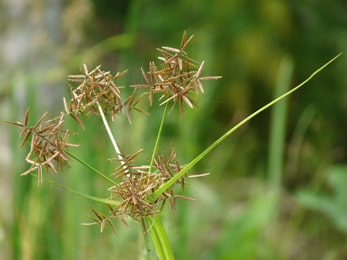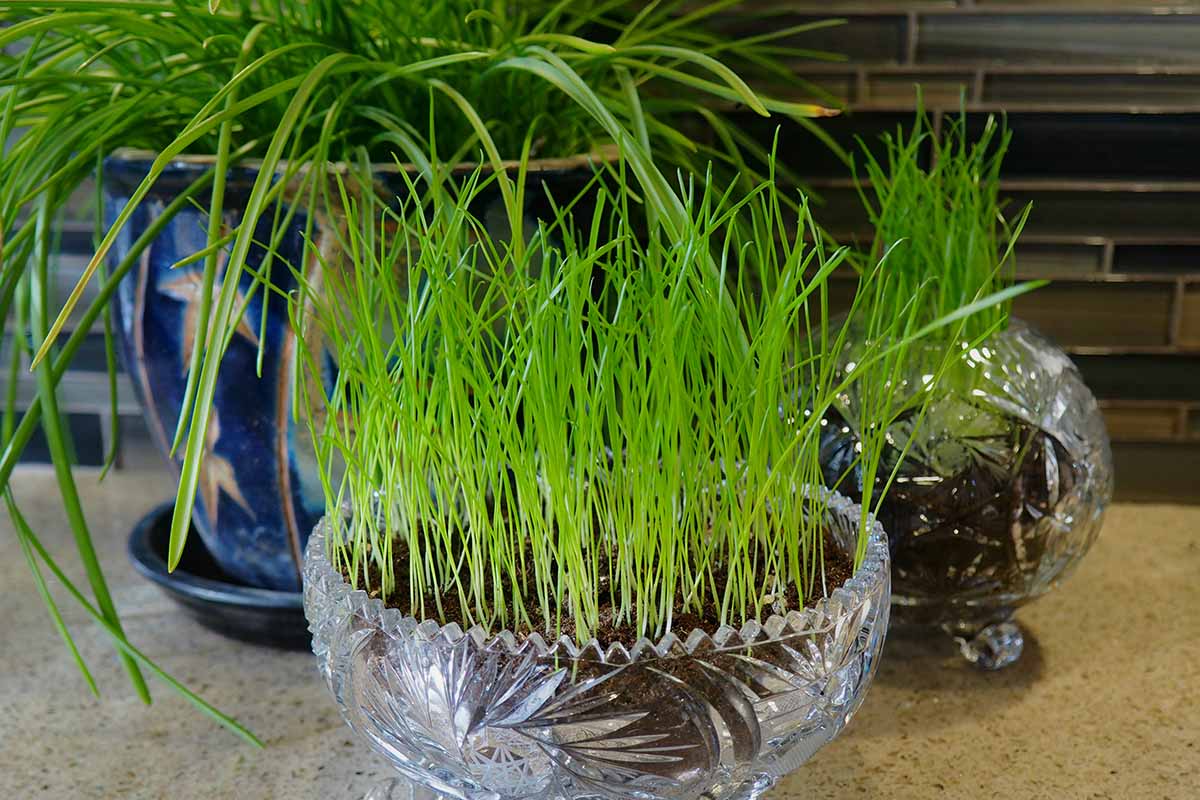How To Get Rid Of Nut Grass For Good
Main Content:
There are two main methods for getting rid of nut grass: mechanical removal and herbicide application.
Mechanical removal is the most effective way to get rid of nut grass. This involves digging up the plant and its rhizomes by hand. It's important to get as much of the rhizome as possible, or the plant will likely come back.
To remove nut grass mechanically, you'll need a sharp spade or garden fork. Start by loosening the soil around the plant with the spade. Then, carefully pry up the plant and its rhizomes. Be sure to get as much of the rhizome as possible. Once you've removed the plant, dispose of it in a trash bag.
Herbicide application is another option for getting rid of nut grass. However, it's important to choose a herbicide that is specifically designed for nut grass. There are a number of different herbicides available, so be sure to read the label carefully before you choose one.
When applying herbicide to nut grass, it's important to follow the directions on the label carefully. You'll also need to reapply the herbicide several times over the course of the season to ensure that all of the nut grass is killed.
In addition to mechanical removal and herbicide application, there are a few other things you can do to help get rid of nut grass:
- Mow your lawn regularly. Nut grass prefers moist, shady areas, so mowing your lawn regularly will help to dry out the soil and make it less hospitable to nut grass.
- Aerate your lawn. Aerating your lawn will help to improve drainage and make it harder for nut grass to establish itself.
- Add compost to your lawn. Compost will help to improve the health of your lawn and make it less susceptible to nut grass.
Nutgrass is a common weed that can be difficult to control. If you are struggling with nutgrass in your yard or garden, I recommend visiting Home Gardening for more information. This website has a wealth of resources on nutgrass, including identification tips, control methods, and research articles.
FAQ of nut grass
- What is nut grass?
Nut grass, also known as nutsedge, is a type of perennial weed that is difficult to control. It is characterized by its triangular stems, three-bladed leaves, and nut-like tubers. Nut grass can grow in a variety of soil conditions, but it prefers moist, warm environments. It is a common weed in lawns, gardens, and agricultural fields.
- How do I identify nut grass?
Nut grass can be identified by its triangular stems, three-bladed leaves, and nut-like tubers. The leaves of nut grass are typically a lighter green than the surrounding grass, and they may have a waxy sheen. The tubers of nut grass are small and brown, and they can be found at the base of the plant.
- How does nut grass spread?
Nut grass spreads by both seeds and underground stems (rhizomes). The seeds of nut grass can be spread by wind or water, and the rhizomes can spread by creeping along the soil surface. Once nut grass is established in an area, it can be difficult to control because it can quickly produce new plants from its seeds and rhizomes.
- How do I control nut grass?
There are a number of ways to control nut grass, including:
* Hand pulling: This is the most effective way to control nut grass, but it can be time-consuming and labor-intensive.
* Cultural control: This involves practices such as improving drainage, aerating the soil, and mowing regularly. These practices can make it more difficult for nut grass to establish itself.
* Chemical control: There are a number of herbicides that can be used to control nut grass. However, it is important to choose a herbicide that is specifically labeled for nut grass, and to follow the label directions carefully.
- What are the benefits of nut grass?
Nut grass has a few potential benefits, including:
* The tubers of nut grass can be eaten. They have a nutty flavor and can be cooked or roasted.
* Nut grass has been used in traditional medicine for a variety of purposes, including treating fever, diarrhea, and inflammation.
* Nut grass can help to bind soils and prevent erosion.
Image of nut grass
- Image 1: A close-up of a nut grass plant, showing its long, narrow leaves and white flowers.

- Image 2: A field of nut grass plants, with their leaves waving in the wind.

- Image 3: A single nut grass flower, with its delicate petals and yellow stamens.

- Image 4: A nut grass seed pod, with its hard, brown exterior.

- Image 5: A nut grass root, which is long and white.

- Image 6: A nut grass rhizome, which is a horizontal underground stem that can produce new plants.
- Image 7: A nut grass leaf, which is long and narrow, with a smooth, glossy surface.

- Image 8: A nut grass plant growing in a garden, with its leaves surrounding a single flower.

- Image 9: A nut grass plant growing in a field, with its leaves rustling in the wind.

- Image 10: A nut grass plant growing in a pot, with its leaves reaching towards the sun.


Post a Comment for "How To Get Rid Of Nut Grass For Good"